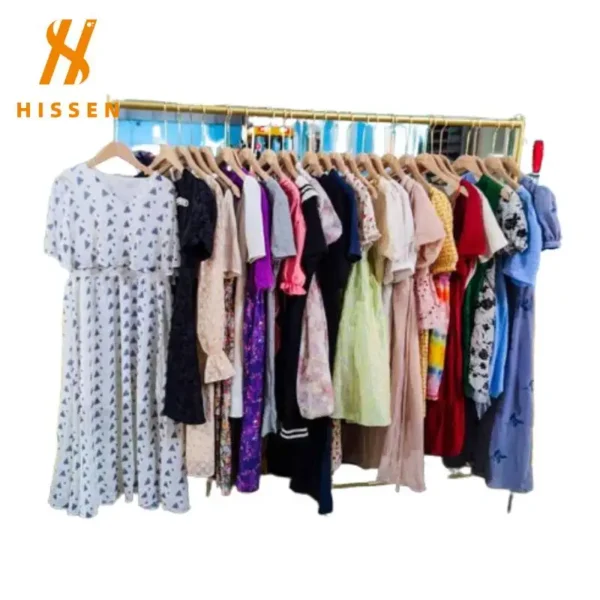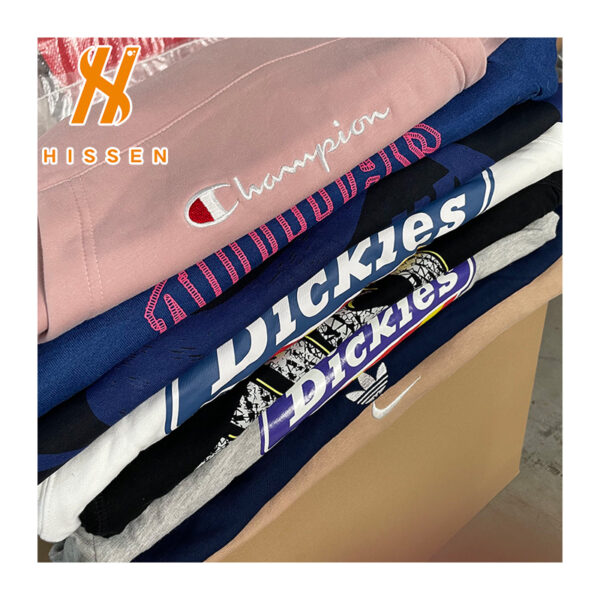Used women’s shoes are in high demand around the world. They are affordable, easy to sell, and offer many styles. For B2B buyers, this is a strong business opportunity. You can buy in bulk at low prices and sell with good profit.
Many types of buyers need these shoes—small shops, market sellers, exporters, and even NGOs. Women’s shoes sell fast because they come in many looks: sneakers, heels, boots, and flats. There is always a need.
This guide is for business buyers who want to earn more from used shoes. We will explain how to choose the right products, lower your costs, and improve your resale value. We will also share tips to build trust with suppliers and grow long-term.
Let’s start.
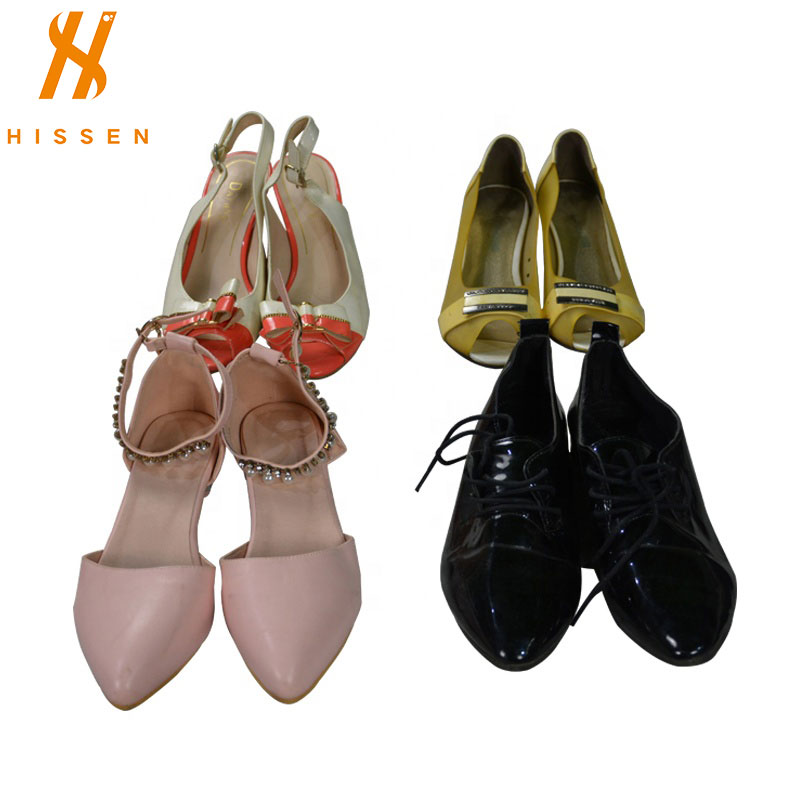
Cost vs. Value: Understanding What You’re Really Buying
1. Pricing Methods: Per Kilogram vs. Per Pair
When buying used women’s shoes in bulk, suppliers often price by weight—usually dollars per kilogram. This makes it easy to buy large volumes quickly. However, pricing by kilogram doesn’t always tell the full story. For example, a kilogram might contain just two pairs of heavy boots or five pairs of light sandals. This means you could pay the same but get very different quantities and qualities. Some suppliers price by pair, especially for higher-grade shoes, which gives you a clearer idea of what you’re buying but often at a higher cost upfront.
2. Understanding Shoe Grading
Used women’s shoes are sorted into different grades based on their condition and quality. Grade A shoes look almost new, with few marks and clean soles. Grade B shoes show signs of wear like minor scuffs or dirt but are still in good shape. Cream grade refers to rare, branded, or very high-quality shoes that sell at premium prices. Grade C shoes have heavy wear or visible damage and are usually sold at very low prices or used for recycling. Choosing higher-grade used women’s shoes means paying more but typically selling at better prices with less effort. Lower grades might require cleaning or repairs, adding extra costs.
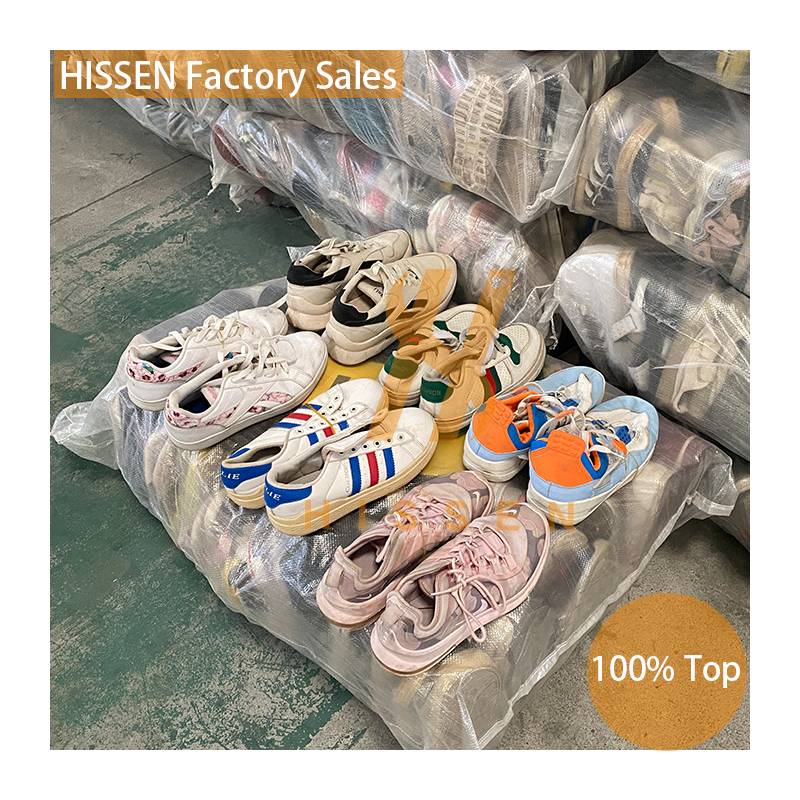
3. Value-Added Services Increase Profit
Some wholesalers offer cleaning, polishing, or minor repairs before shipping. These services raise the resale value and save you time and money. If your supplier doesn’t provide this, you can set up a simple cleaning and sorting process yourself. Even basic washing and deodorizing can greatly improve how attractive the shoes are to buyers.
4. The Importance of Samples
Before placing a large order, always request samples. Samples let you inspect quality and check if the grading matches what the supplier says. They also help you understand styles and test cleaning or refurbishing methods. Investing in samples can help you avoid costly mistakes later.
5. Factor in All Additional Costs
Besides the purchase price, consider other expenses like shipping fees, customs duties, import taxes, labor for sorting and cleaning, and packaging materials. These add to your total cost and affect profit margins. Make sure to calculate all these before buying to avoid surprises.
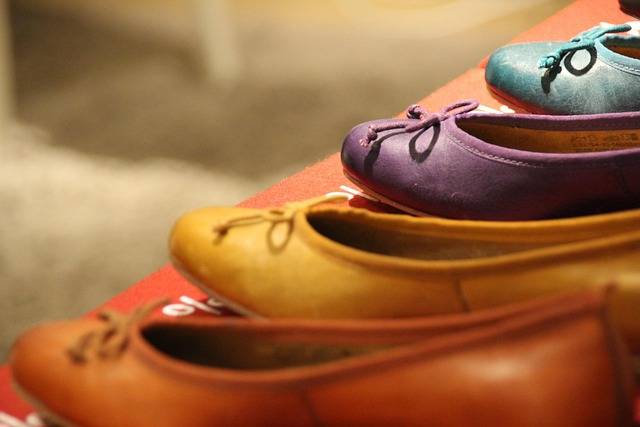
Choosing the Right Styles: Where the Margins Are
1. Understand Which Styles Sell Best
Not all used women’s shoes sell equally well. Some styles bring higher profits because they are more popular or easier to resell.
- Used women’s shoes often have unique wear patterns—shoes with durable soles or classic designs tend to last longer and attract more buyers.
- Sneakers are one of the top-selling categories in the used market. They appeal to a wide range of customers, from young people looking for trendy, affordable footwear to those needing comfortable daily shoes.
- Boots, especially during colder seasons, also have good margins because they are durable and often expensive when new, making used pairs attractive bargains.
- Heels and flats can be profitable but depend more on fashion trends and local preferences. Because used heels often show visible signs of wear, buyers look for well-maintained or gently used pairs.
- Seasonal shoes like sandals usually sell well in warm climates but may have limited demand elsewhere.
Understanding these unique characteristics of used women’s shoes—such as condition, durability, and style longevity—helps you select inventory that will sell faster and bring better profits.
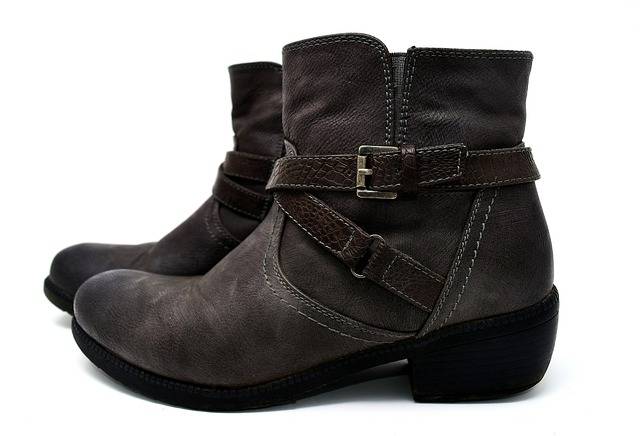
2. Consider Seasonal Demand
Seasonality strongly influences which women’s shoes sell best. Winter boots and closed shoes see high demand during colder months because buyers want warmth and protection. In contrast, sandals and open shoes peak in summer or in tropical regions. Since used shoes show wear, seasonal styles that maintain good condition longer tend to sell better. Planning your purchases around these seasonal cycles lets you stock what buyers want at the right time, reducing slow-moving inventory and minimizing losses.
3. Look for Brand Value and Trends
Branded used women’s shoes often sell for higher prices than unbranded ones. Well-known brands like Nike, Adidas, or Clarks have loyal customers who trust their quality even in used condition. Additionally, many buyers seek vintage or retro styles, which can command a premium. The resale market values authentic branded shoes that remain in good condition, so sourcing these can improve your profit margins. However, branded shoes may cost more upfront, and you should balance your inventory with non-branded styles that sell well locally.
4. Test Small Quantities First
Because each batch of used women’s shoes can vary in condition and style mix, it’s smart to order small test quantities when trying new categories or brands. This reduces risk and helps you understand what works in your market. Use customer feedback and sales data to decide if you should scale up orders for specific styles or brands.
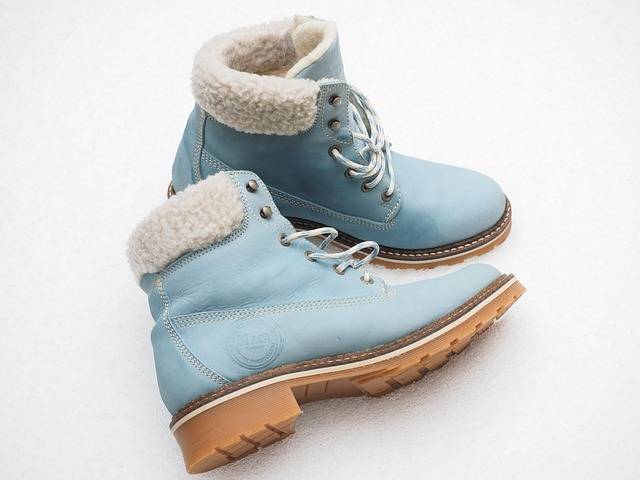
How to Get the Best Supply Terms from Wholesalers
1. Understand Volume Discounts
When negotiating with wholesalers, order volume matters. Buying larger quantities often unlocks better prices per kilogram or per pair. Many suppliers have pricing tiers—such as discounts starting at 500 pairs, 1,000 pairs, or full containers. Knowing these thresholds helps you plan your purchases to get the best deal without overstocking.
2. Ask the Right Questions
Before placing an order, clarify important details with your supplier. Ask about the grading system they use and whether they can provide recent photos or samples. Confirm the mix of styles and sizes you will receive, and check if value-added services like cleaning or sorting are included. Also, discuss payment terms, shipping methods, and lead times to avoid surprises.
3. Build Long-Term Relationships
Wholesalers prefer buyers who order regularly and pay on time. Building trust with your supplier can lead to priority access to the best batches and more flexible terms. Maintain clear communication, provide feedback on shipments, and be transparent about your needs. A strong relationship can also help you negotiate better prices or customized orders.
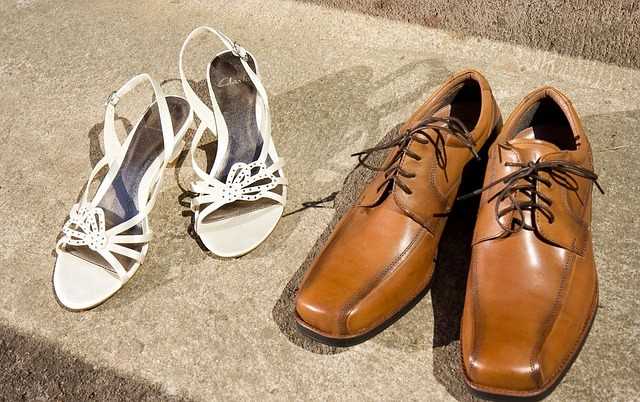
4. Consider Flexible Payment Options
Some wholesalers offer payment plans, deposits, or credit terms to loyal buyers. These options can improve your cash flow and reduce financial pressure. However, always read contracts carefully and avoid agreements that put you at high risk.
Operational Tips: Making Your Inventory Work Harder
1. Basic Cleaning and Refurbishment
Used women’s shoes usually show signs of wear that can put buyers off if not addressed. Even small improvements can greatly increase their resale value. Start with simple cleaning: remove dirt and stains using a soft brush and mild soap solution. Avoid harsh chemicals that can damage materials like leather or suede. For odor removal, use baking soda or commercial shoe deodorizers. Let shoes air dry completely before packaging.
Polishing leather shoes restores their shine and improves appearance. Use appropriate shoe polish and soft cloths. For minor repairs such as loose stitching, broken eyelets, or worn insoles, consider partnering with local cobblers or shoe repair shops. Even replacing insoles with affordable cushioned inserts can boost comfort and appeal.
Set up a basic cleaning station in your warehouse or workspace with supplies like brushes, sponges, mild detergent, shoe polish, deodorizer, and gloves. Training staff on proper handling and cleaning techniques ensures consistent quality.
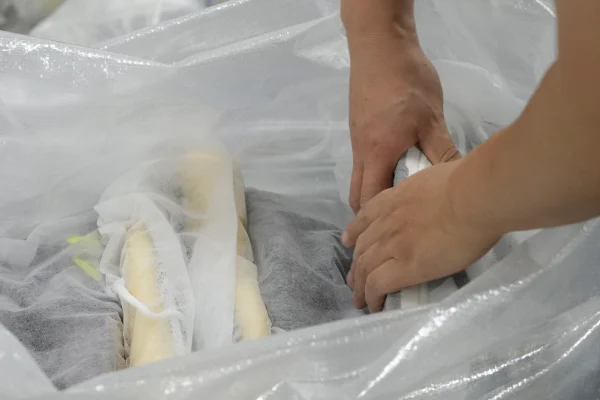
2. Sorting for Your Market
Sorting shoes effectively saves time and helps match your stock to buyer demand. Start by categorizing shoes by size—this is the most important factor for most buyers. Keep popular sizes well stocked and separated from rare sizes. Next, sort by style: casual, formal, athletic, boots, sandals, etc. This helps retailers pick the right products for their customers.
Condition sorting is critical in the used shoe market. Separate Grade A (like new) shoes from those with visible wear. Some buyers prefer higher-grade shoes for urban markets, while others target budget buyers and accept lower grades.
Color sorting can also improve sales. For example, bundling neutral colors (black, brown, white) appeals to a wider audience. Keep seasonal styles (like boots and sandals) in distinct groups for easier inventory management.
3. Bundling Strategies
Bundles help sell inventory faster and make it easier for small retailers to buy variety without large upfront costs. Create bundles by size ranges (e.g., women’s sizes 6 to 8), style (all sneakers or all formal shoes), or quality grade (premium bundles vs. economy bundles).
Offer different bundle sizes: smaller bundles for new or smaller buyers, larger bundles for established resellers. Clearly label each bundle with contents and condition to build buyer trust.
Consider offering mixed bundles tailored to specific markets. For example, a “summer casual pack” with sandals and flats or a “winter boot pack” with warm styles. Bundling helps move slower stock and opens opportunities for repeat orders.
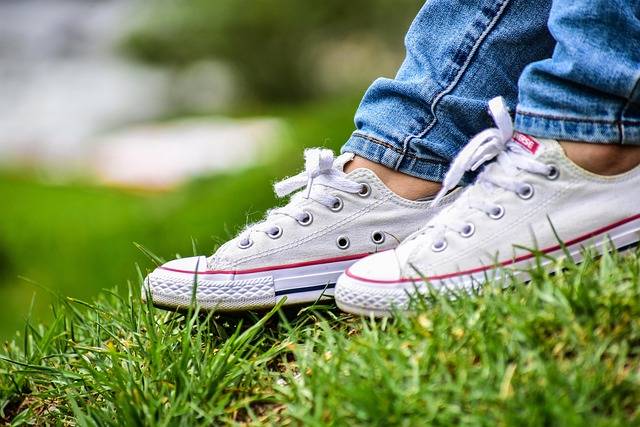
4. Inventory Tracking
Good inventory management prevents overstock and loss. Use a simple spreadsheet or free inventory software to log key details: number of pairs per style, size distribution, grade, and purchase dates. Update stock levels as you sell or receive new shipments.
Tracking sales trends helps you adjust orders based on what sells fast. For example, if sneakers in size 7 move quickly, order more next time. Slow-moving items can be bundled at discounts or targeted for clearance sales.
Clear labeling of boxes and shelves also saves time and reduces mistakes in order fulfillment.
Resale Strategy: Where to Sell and How to Win
Once you have sourced and prepared your used women’s shoes, the next step is deciding how and where to sell them. B2B buyers typically resell to small retailers, market vendors, or local distributors. Each channel has unique demands and profit potential.
Small retail stores often prefer a mix of styles and sizes that appeal to their local customers. Market vendors and open-air sellers usually look for low-cost, durable shoes with quick turnover. NGOs and charity organizations sometimes buy used shoes in bulk for donation programs, especially for regions with limited access to affordable footwear.
1. Building Local Reseller Networks
Developing a network of trusted local resellers can help you increase sales volume and market reach. Offer favorable terms such as flexible order sizes, consistent delivery schedules, and marketing support like catalogs or sample packs. Training your resellers on product features and sorting can improve their sales performance.
Regular communication with your reseller network builds loyalty and helps you understand local demand trends. Use platforms for easy order management and feedback.

2. Setting Competitive Prices
Price your products based on local market conditions and buyer expectations. Research competitor pricing and consider your cost structure, including shipping and refurbishment expenses. Offering tiered pricing—such as discounts for larger orders or premium prices for high-grade shoes—can attract a broader range of buyers.
3. Marketing and Promotion
Helping your resellers promote your products boosts demand. Provide marketing materials like posters, flyers, or social media content they can use locally. Consider running limited-time offers or seasonal discounts to stimulate sales.
Participate in trade fairs or local markets to showcase your products directly to potential buyers. Demonstrating the quality and variety of your used women’s shoes can build trust and lead to new business relationships.
Build Trust, Build Brand: Why Your Reputation Matters
1. Consistent Quality and Packaging
For B2B buyers, working with a reliable used women’s shoes supplier is crucial. Consistent quality means delivering used women’s shoes that meet expectations every time. When buyers receive products as promised—correct grades, sizes, and styles—they are more likely to reorder and recommend you to others.
Packaging is very important. Although these are used shoes, neat and clean packaging shows your professionalism. Choose strong boxes and clear labels. If possible, use packaging with your brand on it. This protects the shoes during transport and helps improve your brand’s image.
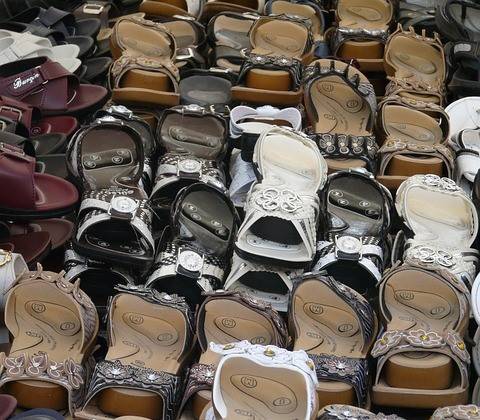
2. Offer Samples and Transparent Grading
Offering samples to potential clients is a good way to build trust. Buyers want to know exactly what they are getting before making large purchases. Being honest about the shoe grades and condition helps build confidence. Provide clear photos, detailed descriptions, and explain how you grade your shoes.
3. Use Communication Channels Effectively
Communication with your clients should be fast and clear. Use WhatsApp, email, or special client portals to keep them updated on order status, new arrivals, or promotions. Responding quickly to questions or concerns strengthens your business relationships.
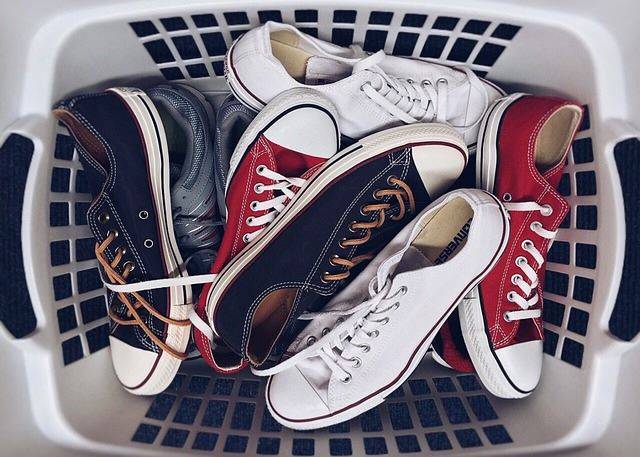
4. Develop Long-Term Partnerships
Try to build long-term partnerships instead of just one-time sales. Learn what your clients need, offer flexible terms, and customize orders when possible. Loyal customers often bring repeat business and may recommend you to others, which lowers your marketing costs.
Conclusion
Used women’s shoes present a strong chance for B2B buyers to grow their resale business. By knowing the real value behind the price, picking the right styles, securing good supply deals, and managing your operations well, you can increase profits. Building trust through quality products and clear communication helps you stand out in this busy market. With smart planning and good strategies, used women’s shoes can become a steady and profitable product for your business.
For more detailed information about trends in women’s used shoes, check out our article:
From Tariffs to Trends: How Used Women’s Shoes Became a Global Wholesale Opportunity

